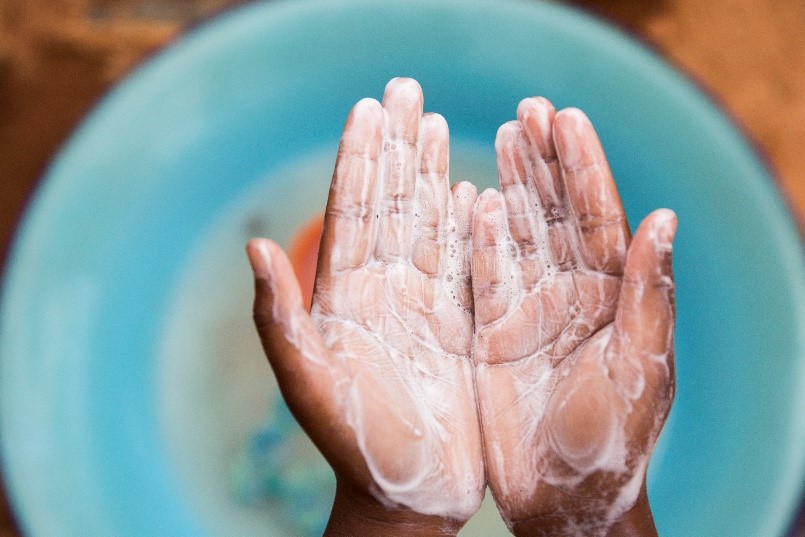
KAMPALA, Uganda, 15 October 2022 -/African Media Agency(AMA)/- As the world commemorates Global Handwashing Day on 15 October 2022, WaterAid East Africa is calling on leaders across the region to develop and operationalise a costed context-specific national hand hygiene strategy. This is described as critical in scaling up current investments in hand hygiene, improving hygiene behaviours and reaching everyone, everywhere with inclusive, accessible and functional handwashing facilities. The theme for this year’s Global Handwashing Day, Unite for Universal Hand Hygiene, demands joint action from all stakeholders, especially governments at all levels in accelerating universal access to hand hygiene
The Regional Director, WaterAid East Africa, Olutayo Bankole-Bolawole said, “Development of fully-funded national strategy on hand hygiene is a critical first step for countries in scaling up hygiene and achieving a culture shift in handwashing practices at household and community levels. If the hygiene targets captured under the Sustainable Development Goal 6, are to be achieved, there is a need to increase current efforts and investments four-folds, with attention to the needs of women and girls and those in vulnerable situations.
Join our WhatsApp Channel“As the world copes with the aftermath of the COVID-19 pandemic, lessons on the importance of handwashing in controlling the spread of infectious diseases must be sustained to prevent communities from future disease outbreaks. In East Africa, infectious diseases place a huge burden on fragile health systems, with some countries witnessing a resurgence of Ebola virus and monkeypox over the past month. It is also important to note that without functional handwashing facilities and access to water, public health facilities become hotbeds for infections, with both patients and caregivers risking their lives. Yet, only half of health centres globally, have handwashing facilities with soap and water”.
According to WHO/UNICEF Joint Monitoring Programme for Water Supply, Sanitation and Hygiene (JMP) 2020, only 30% of East Africa population have access to basic hygiene. Disaggregated by country, this shows Rwanda has 5%, Ethiopia -8%, Uganda -23%, Kenya -27% and Tanzania at 48%.
Globally, 3 out of 10 people – 2.3 billion– still lack soap and water for handwashing at home. This leaves people at increased risk of disease because they cannot wash their hands. Beyond this, it is estimated that half a million people die each year from diarrhoea or acute respiratory infections that could have been prevented with good hand hygiene. Handwashing with soap alone can reduce diarrhoea by up to 48%, thereby saving the lives of people, particularly children below the age of five.
Since 1981, WaterAid has reached 26.1m people with good hygiene through better facilities and hygiene behaviour change programme. We have also reached 181m people through our hygiene response to COVID-19 through our mass media awareness-raising. In East Africa, WaterAid has been working across the region to improve access to hand hygiene through our cross-border interventions and programmes in four East African countries. We remain committed to increasing the momentum and working with partners to ensure universal access not only for hygiene services but sustainable clean water and decent sanitation facilities.
This Global Handwashing Day, WaterAid East Africa is joining stakeholders worldwide to again demand for commitment to the global goal as we all #UniteforUniversalHandHygiene. Access to water, sanitation and hygiene services is a fundamental human right and we must ensure no one is left behind.
Distributed byAfrican Media Agencyon behalf of Water Aid.
For more information, please contact:
Bukola Bayo-Philip, Ag. Regional Communications Manager, WaterAid East Africa on bukolaphilip@wateraid.org.
Notes to Editors:
WaterAid
WaterAid is working to make clean water, decent toilets and good hygiene normal for everyone, everywhere within a generation. The international not-for-profit organisation works in 28 countries to change the lives of the poorest and most marginalised people. Since 1981, WaterAid has reached 27 million people with clean water and 27 million people with decent toilets. For more information, visit www.wateraid.org, follow @WaterAidUK or @WaterAidPress and @WateraidEA on Twitter, or find WaterAid UK on Facebook at www.facebook.com/wateraid.
- 771 million people in the world – one in ten – do not have clean water close to home.
- 1.7 billion people in the world – more than one in five – do not have a decent toilet of their own.
- Around 290,000 children under five die every year from diarrhoeal diseases caused by poor water and sanitation. That’s more than 800 children a day, or one child every two minutes.
- Every £1 invested in water and toilets returns an average of £4 in increased productivity.
- Just £15 can provide one person with clean water.
WHO/UNICEF Joint Monitoring Programme (JMP) Progress on drinking water, sanitation and hygiene: 2017 update and SDG Baselines
WHO/UNICEF Joint Monitoring Programme (JMP) Progress on drinking water, sanitation and hygiene: 2017 update and SDG Baselines
Prüss-Ustün et al. (2014) and The Institute for Health Metrics and Evaluation (2018)
World Health organization (2012) Global costs and benefits of drinking-water supply and sanitation interventions to reach the MDG target and universal coverage
Source : African Media Agency (AMA)

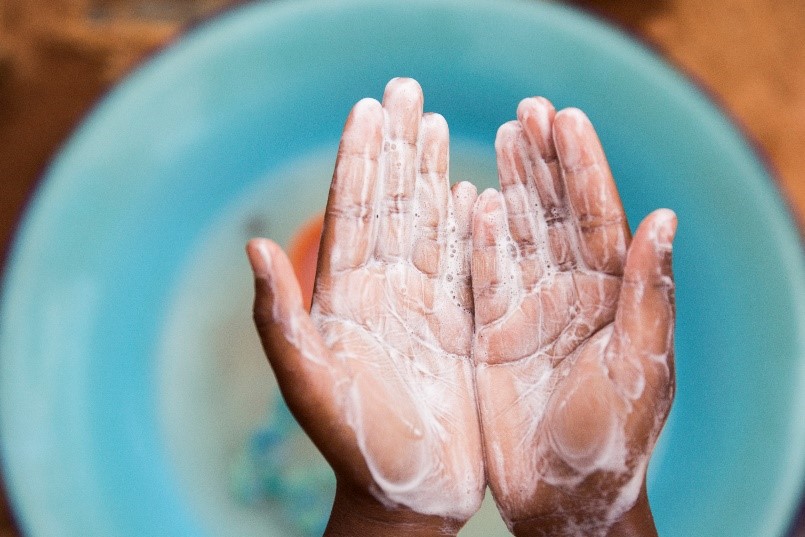



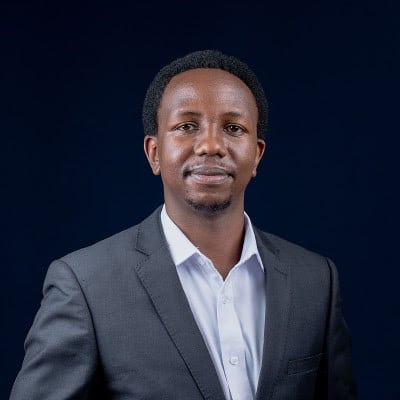




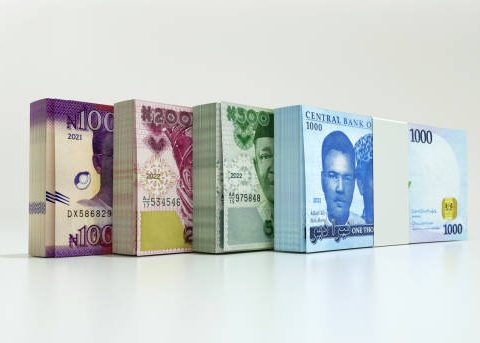




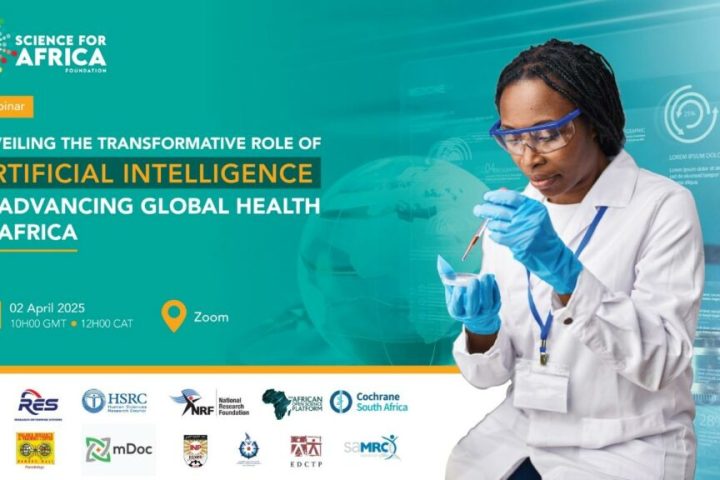
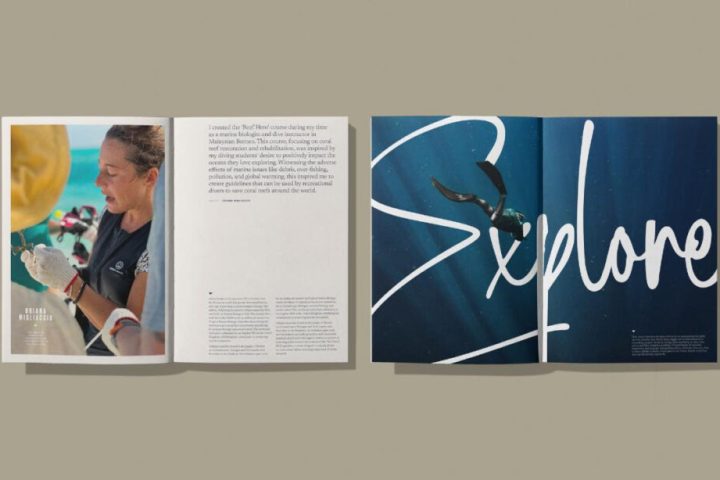
Follow Us